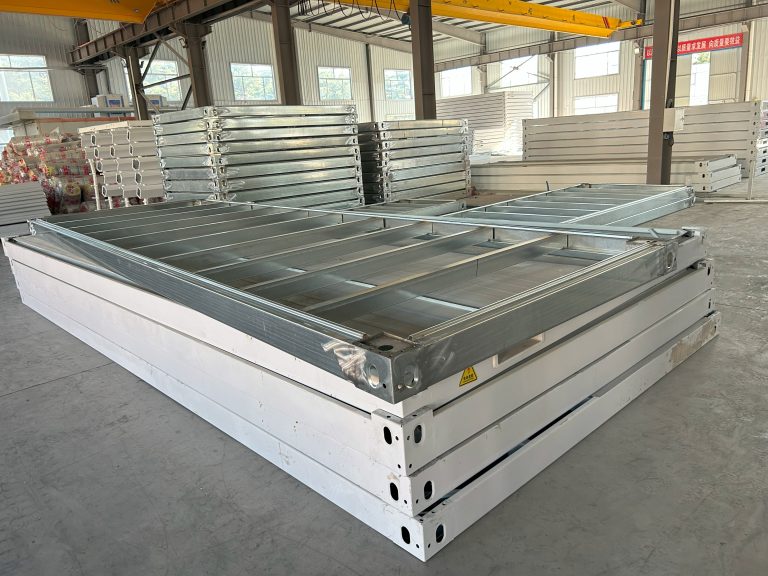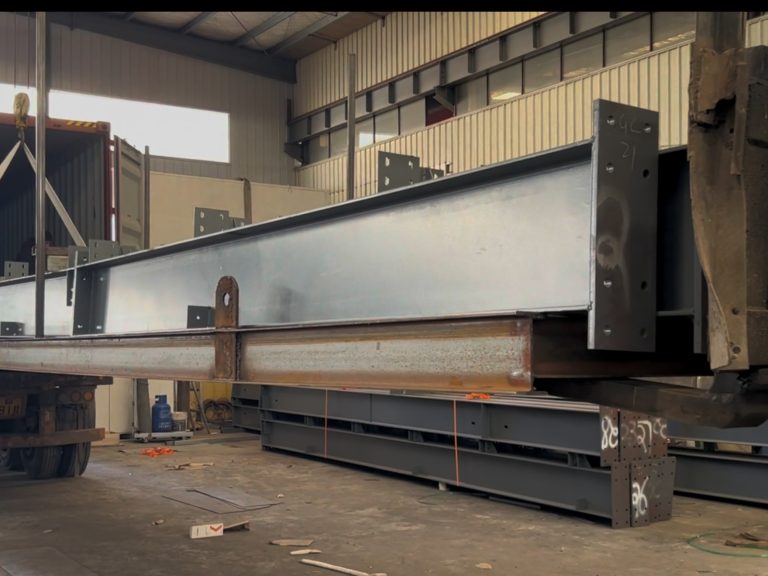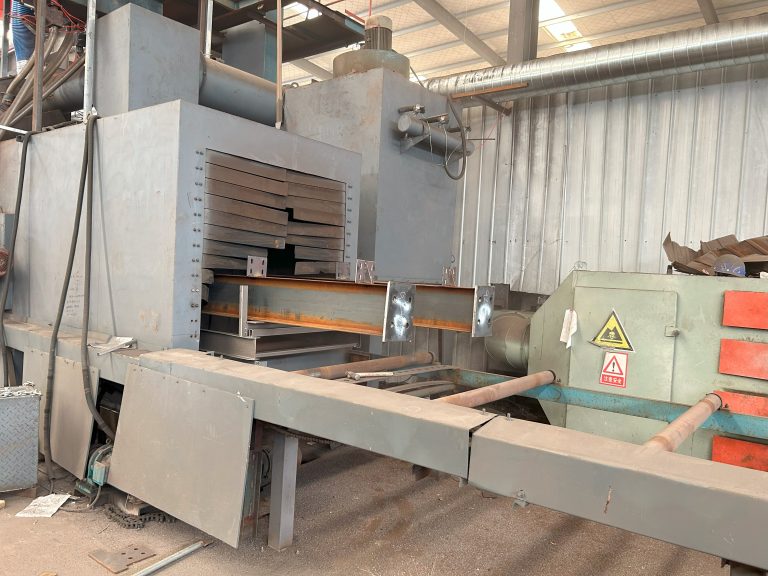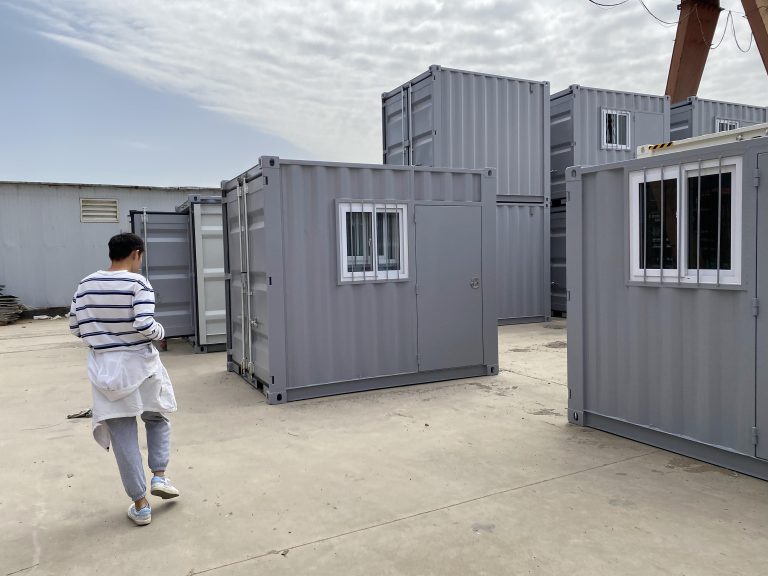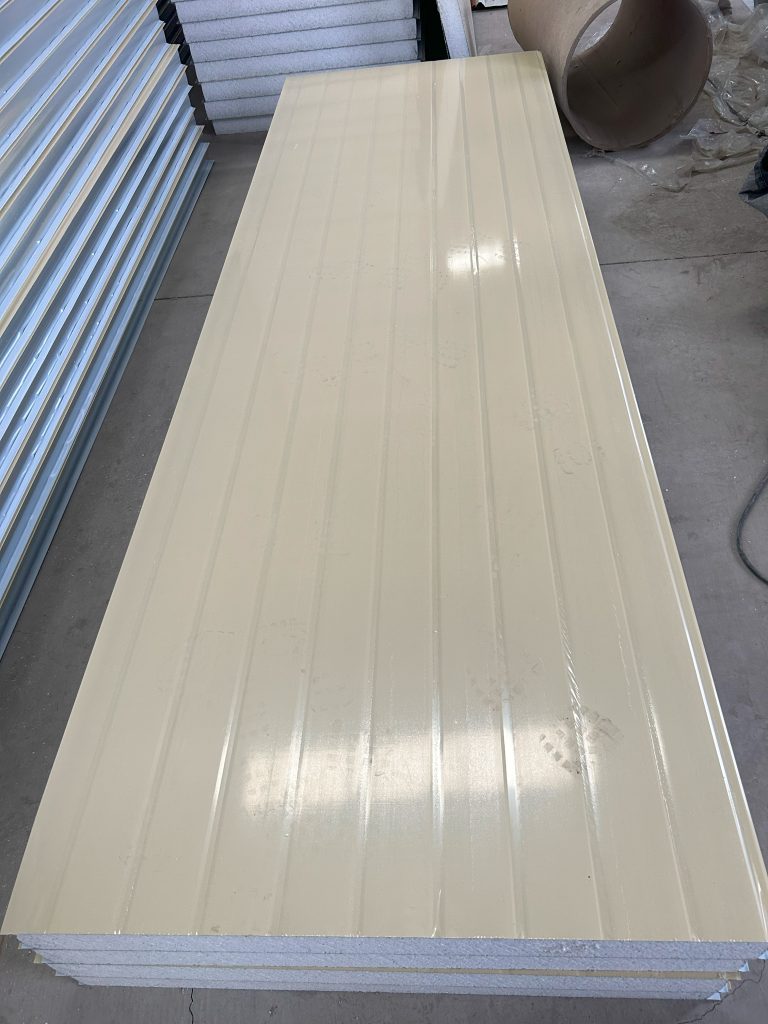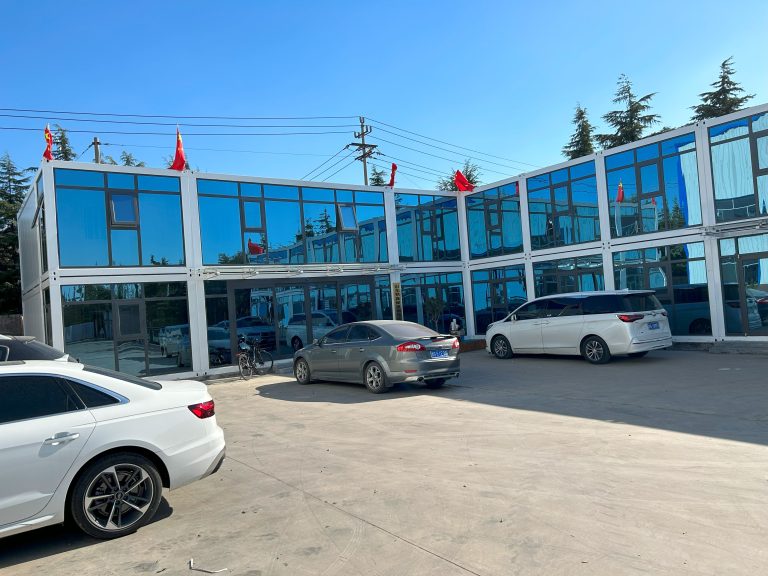Design and construction of cold-formed thin-wall steel structure
Table of Contents
Benefits of Using Cold-Formed Thin-Wall Steel Structure in Modern Construction
Cold-formed thin-wall steel structures have become increasingly popular in modern construction due to their numerous benefits. These structures are made from steel sheets that are cold-formed into various shapes and sizes, making them lightweight, durable, and cost-effective. In this article, we will explore the design and construction of cold-formed thin-wall steel structures and discuss the many advantages they offer in the construction industry.
The design of cold-formed thin-wall steel structures begins with the selection of the appropriate steel material. Steel sheets are typically made from low-carbon steel, which is easy to work with and has excellent strength and durability. These sheets are then cold-formed using a series of rollers and presses to create the desired shape and size. This process allows for precise and accurate manufacturing, resulting in high-quality steel components that are ready for construction.
Once the steel components are manufactured, they are assembled into the desired structure using various fastening methods such as welding, bolting, or riveting. The lightweight nature of cold-formed thin-wall steel makes it easy to transport and handle on the construction site, reducing labor and installation costs. Additionally, the modular nature of these structures allows for quick and efficient assembly, saving time and resources during the construction process.
One of the key benefits of using cold-formed thin-wall steel structures is their exceptional strength and durability. Steel is known for its high tensile strength, allowing it to withstand heavy loads and harsh environmental conditions. This makes cold-formed thin-wall steel structures ideal for a wide range of construction applications, including residential, commercial, and industrial buildings. Furthermore, steel is non-combustible and resistant to pests and rot, making it a safe and long-lasting building material.
In addition to their strength and durability, cold-formed thin-wall steel structures offer excellent design flexibility. Steel components can be easily customized to meet specific architectural and engineering requirements, allowing for creative and innovative designs. This flexibility enables architects and designers to create unique and visually appealing structures that are both functional and aesthetically pleasing.
Another advantage of cold-formed thin-wall steel structures is their sustainability. Steel is a highly recyclable material, and the manufacturing process for cold-formed steel components produces minimal waste. Additionally, steel structures are energy-efficient and can be designed to incorporate sustainable features such as solar panels, green roofs, and energy-efficient insulation. This makes cold-formed thin-wall steel structures a popular choice for environmentally conscious construction projects.
In conclusion, the design and construction of cold-formed thin-wall steel structures offer numerous benefits in modern construction. From their exceptional strength and durability to their design flexibility and sustainability, these structures are a versatile and cost-effective building solution. As the construction industry continues to evolve, cold-formed thin-wall steel structures will undoubtedly play a significant role in shaping the future of building design and construction.
Key Considerations for Designing Cold-Formed Thin-Wall Steel Structures
Cold-formed thin-wall steel structures have gained popularity in recent years due to their cost-effectiveness, durability, and versatility. These structures are commonly used in residential, commercial, and industrial buildings, as well as in infrastructure projects such as bridges and tunnels. When designing and constructing cold-formed thin-wall steel structures, there are several key considerations that must be taken into account to ensure the safety and efficiency of the final product.
One of the most important considerations in the design of cold-formed thin-wall steel structures is the selection of the appropriate material. Cold-formed steel is typically made from low-carbon steel, which is known for its high strength-to-weight ratio and excellent ductility. The material must be carefully chosen based on the specific requirements of the project, taking into account factors such as load-bearing capacity, corrosion resistance, and fire resistance.
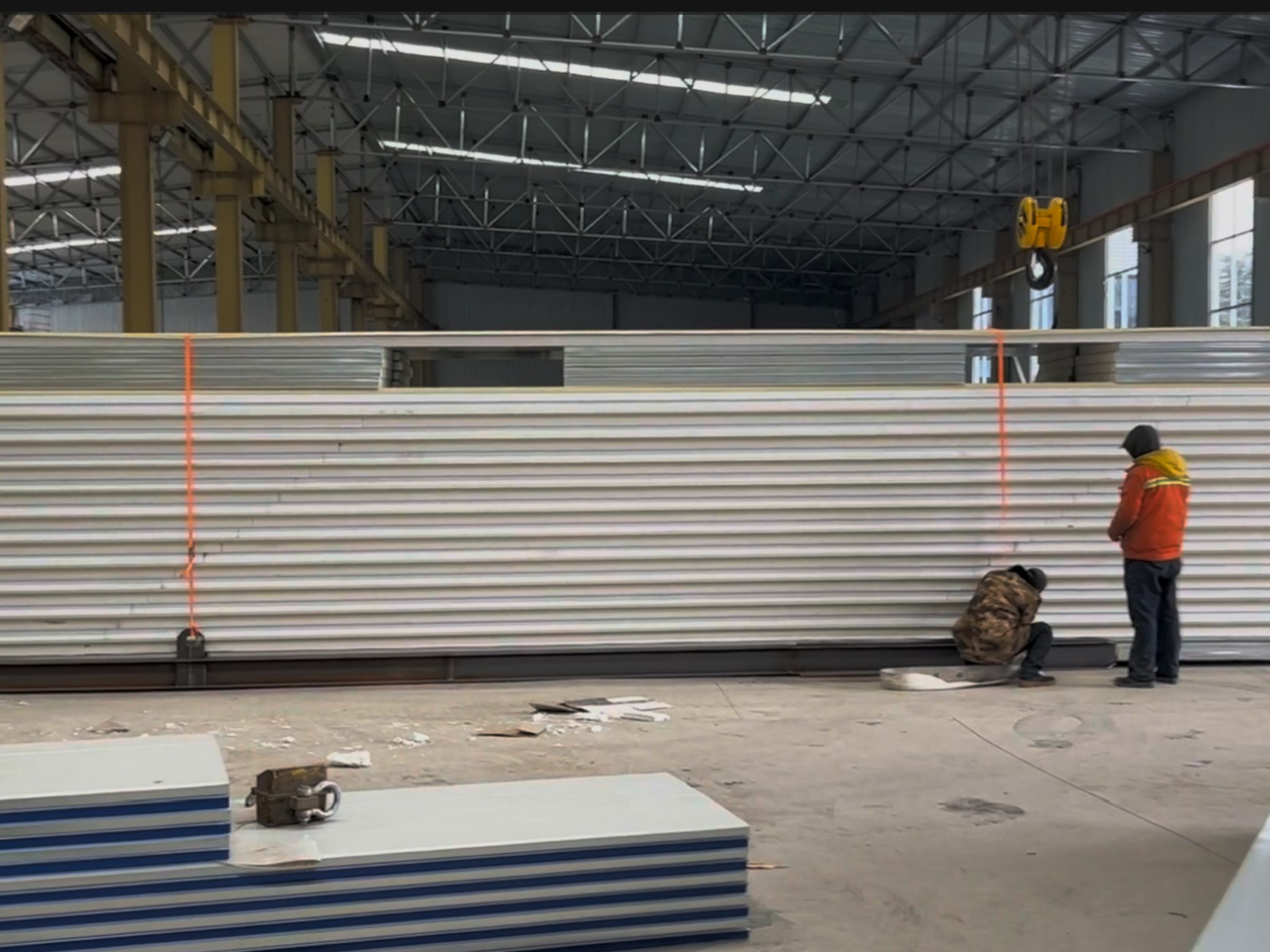
In addition to material selection, the design of cold-formed thin-wall steel structures must also take into account the structural integrity of the building. This includes ensuring that the structure can withstand the loads and forces that it will be subjected to during its lifespan. Factors such as wind, snow, seismic activity, and live loads must be carefully considered in the design process to ensure that the structure is safe and stable.
Another key consideration in the design of cold-formed thin-wall steel structures is the connection details. The connections between steel members play a crucial role in the overall stability and strength of the structure. Properly designed connections can help distribute loads evenly throughout the structure, reducing the risk of failure or collapse. It is important to use high-quality fasteners and welding techniques to ensure that the connections are strong and durable.
When it comes to the construction of cold-formed thin-wall steel structures, precision and accuracy are essential. The steel members must be cut, bent, and assembled with great care to ensure that they fit together properly and form a structurally sound building. Advanced computer-aided design (CAD) and building information modeling (BIM) software can be used to create detailed plans and drawings that guide the construction process and ensure that all components are fabricated to the correct specifications.
During the construction phase, it is important to closely monitor the quality of the workmanship and materials to ensure that the structure meets the required standards and regulations. Regular inspections and quality control checks should be conducted to identify any potential issues or defects early on and address them promptly. This can help prevent costly delays and rework later in the construction process.
In conclusion, the design and construction of cold-formed thin-wall steel structures require careful planning, attention to detail, and adherence to industry best practices. By considering key factors such as material selection, structural integrity, connection details, and construction quality, engineers and builders can create safe, durable, and efficient steel structures that meet the needs of their clients and stand the test of time. With proper design and construction techniques, cold-formed thin-wall steel structures can provide a cost-effective and sustainable solution for a wide range of building projects.

